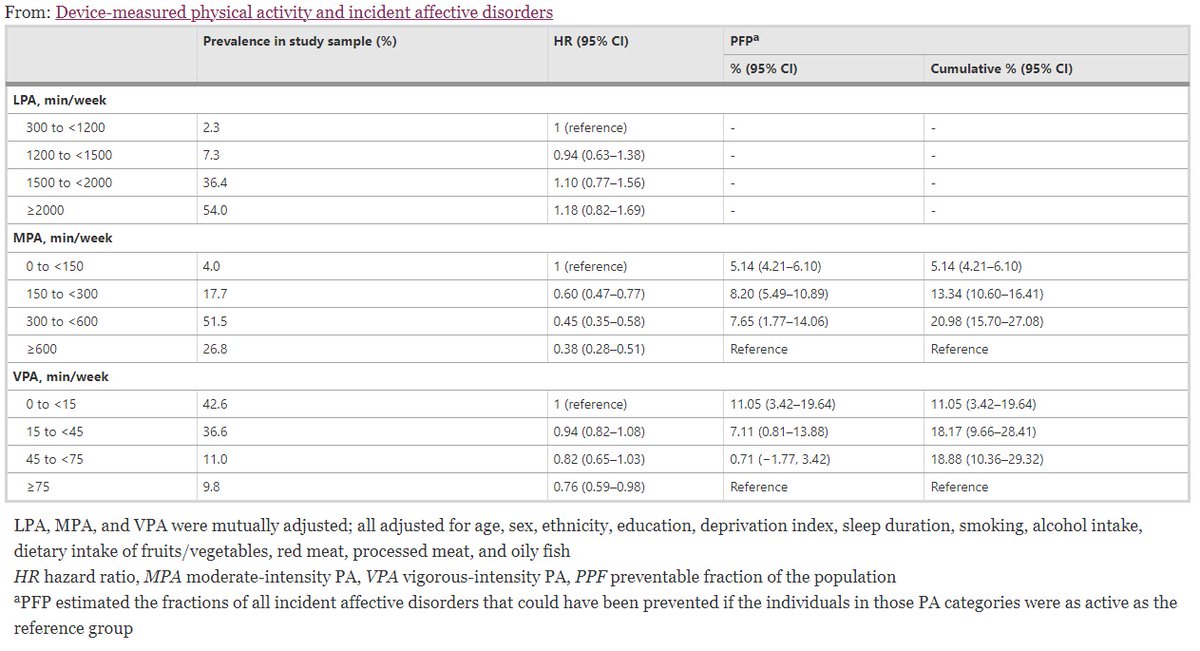
This systematic review and meta-analysis of randomized controlled trials finds that fiber supplementation is likely to be effective at improving constipation, with psyllium, doses >10 g/d and treatment durations of at least 4 weeks appearing to be optimal.
- Psyllium supplements and fiber doses greater than 10 g/d were most effective at improving response to treatment, stool output, and straining, while treatment durations of 4 weeks or more were optimal for improving stool frequency and whole gut transit time.
- "However, there was a low number of studies and substantial heterogeneity between studies in the subgroup analyses...
"...This limits confidence in the interpretations of the findings of the subgroup analyses regarding the types and regimes of fiber supplementation...
"...It was also found that fiber may lead to increased flatulence, highlighting the need to address this with patients and apply strategies to mitigate this."
The Effect of Fiber Supplementation on Chronic Constipation in Adults: An Updated Systematic Review and Meta-Analysis of Randomized Controlled Trials (open access)
doi.org/10.1093/ajcn/n…
#nutrition #diet #fiber #fibre
doi.org/10.1093/ajcn/n…
#nutrition #diet #fiber #fibre
• • •
Missing some Tweet in this thread? You can try to
force a refresh
















